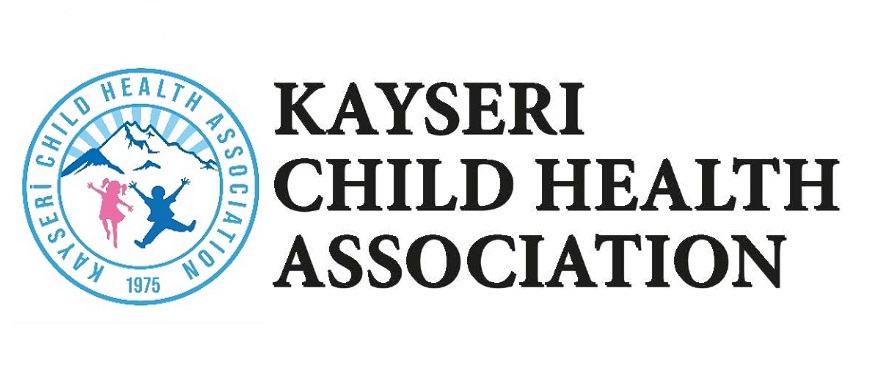Can Phototherapy Requirements Be Predicted through Cord Blood Test Results in Newborns?
Abstract
Objective: Hyperbilirubinemia is one of the common problems in newborns. If not diagnosed and treated in time, high bilirubin levels can cause kernicterus and permanent brain damage. Therefore, early detection of hyperbilirubinemia development risk in newborns is important. In this study, we aimed to investigate whether the direct Coomb’test and cord blood bilirubin level (UCB) could be used to predict newborns at a high risk of developing hyperbilirubinemia.
Material and Method: A total of 300 newborns born between January-June 2014 with a birth weight ≥ 2500g and gestational week ≥37 weeks were included in the study. The results of direct Coombs’test, UCB, maternal and infant blood groups and serum total bilirubin levels were analyzed retrospectively.
Results: Phototherapy was given to 35 (11.7%) of 300 newborns and 25 (8.3%) had positive direct Coombs’test. ABO incompatibility was found in the etiology of 51.5% of the cases with hyperbilirubinemia. It has been observed that patients with positive direct Coombs’test have a high rate of hospitalization (p<0.001). The UCB levels were found to be statistically higher in cases who received phototherapy (2.7±1.0 and 1.8±0.6, respectively, p<0.01). The cutoff value of UCB for predicting the occurrence of significant hyperbilirubinemia requiring phototherapy was 2.0 mg/dL, with a sensitivity of 77% and specificity of 77% and negative predictive value was 96%.
Conclusion: The UCB and direct Coombs’test could be useful in predicting the possibility of significant hyperbilirubinemia and hospitalization in newborns. Thus, detection of newborns at risk of hyperbilirubinemia with a noninvasive method within a few hours after birth will prevent early discharge and provide close follow-up and early treatment.









